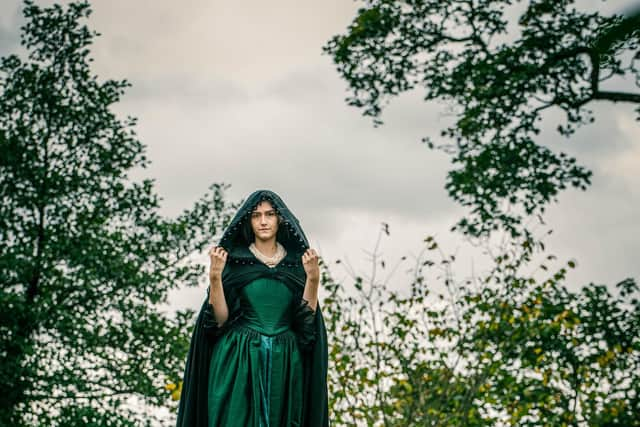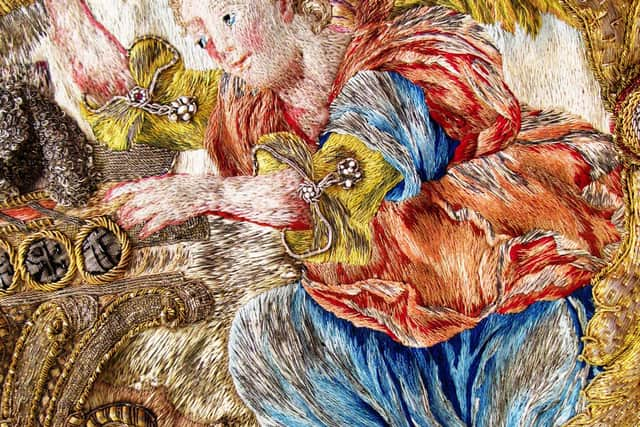Discover the history of the 'Hot, Holy Ladies'
and live on Freeview channel 276
The phrase ‘Hot, Holy Ladies’ was first used as a sarcastic insult in 1602, aimed at an impressive and effective group of strong-minded female supporters of the Jesuit Catholic mission.
Disavowing the traditional restrictions on the movements and interests of their sex, these women used their intelligence and skills to enable the dangerous work of underground priests, and create widespread practical and spiritual community support networks during a time of massive upheaval for their families and society.
Blazing a trail through these islands’ religious turmoil, and witnessing some of its most dramatic events, the Hot Holy Ladies nurtured and preserved Catholicism, even as England’s ties with Rome were cut and those around them faced persecution and death.


Advertisement
Hide AdAdvertisement
Hide AdTheir stories reflect the ingenuity and startling courage of a wide variety of women, from young girls to elderly widows.
Chief among them was Helena Wintour, whose male family members were deeply involved in the Gunpowder Plot, the plan to assassinate King James I by blowing up the Houses of Parliament. Orphaned at a young age as a result of this failed plot, Helena nevertheless went on to become the heart of a network of Catholic women who defied the authorities.
In this exhibition, Helena’s entire surviving life’s work will be on display, illustrating the life, inspiration and legacy of this extraordinary woman.


The exhibition will also feature high profile relics such as Mary Queen of Scots’ Thorn. Artistic commissions associated with royal women from the 16th to the 17th centuries such as the sumptuous Henry VII Cope, and Elizabeth of York’s Prayer Book will also be on display, alongside a gold, enamelled and pearl crucifix belonging to Thomas More’s wife, Lady Alice.
